|
In the second in my series of conversations with authors and illustrators, I am pleased to welcome illustrator, Katrin Dreiling. Megan: Hi, Katrin. I just wanted to say that I am so pleased to have found you on social media. I think I first saw your illustrations on Facebook. I love your quirky, fun style. And I am rapt to have met you in person at KidLitVic2017 this year too. Katrin: Oh, wow thank you Megan I'm very happy I have met you personally and online, too. It's always fantastic to meet the people behind their profile pics in real life... Megan: So true. So, maybe we should start at the beginning, as that is always a good place to start. Has art always been an influence in your life? If so, in what way? Katrin: It certainly has. Since I was really little I would always draw or craft things. I have always been very interested in music, too. Not so much making music myself but listening to it and trying to understand the musician's mind and his/her work. Megan: I have been reading your blog. In your first post, Eins, you shared briefly about your childhood and teen years. Would you share just a little bit with me, and what has helped you overcome your fears of following your dreams? Katrin: My teens and even twenties were marked by emotional and some physical abuse by my parents and sibling and they pretty much had planned out what was accepted for me to do and what not. Even regarding my job choice. I broke free from most of that when I moved out, and later on moved to South Africa for three months to help teaching English at an orphanage. The wounds of such abuse last for a life time, though. To various degrees. I also stepped away from that past in a big way when I met my husband who helped me become 'myself' again. But it still took me a long time to come back to art because in my mind I still listened to what my parents wanted. Megan: I can understand that, especially the emotional and psychological abuse. It can take a lifetime to change your thinking, and is certainly a work in progress. What would you say was the catalyst, the reason that you turned to art again as an adult? Katrin: So, it was always there but very much in the background. My children then brought me back to it and my husband encouraged me to keep going. Megan: It is wonderful that you have had the support of your husband. It is so important to have a cheer squad cheering you on and encouraging you. I read on your blog that you were a teacher. What made you give up teaching and go into illustration? Katrin: It's really tricky to pinpoint a moment when that happened. I think I stopped putting more effort into building up my teaching career and increased working on my art simultaneously. It was a gradual process. I guess I could feel how much illustrating fulfilled me and that my work steadily improved... it was going somewhere and that encouraged me to keep going. At some point, I actually had three jobs - mum, teacher and illustrator and one thing had to go. Megan: Woah! That sounds full on. Katrin: Interestingly enough the money that I earned as a teacher versus the complete lack thereof in illustrating didn't stop me. It's an import message to my children, too, I think. My husband had the same idea unfortunately. Just around the same time when I stopped working actively as a teacher, he quit his job as a university professor and founded a tech startup. It's going well and somewhere, but in the middle of it all we sometimes look at each other and think we are completely nuts—with three children, a dog and a mortgage. Megan: Wow! Katrin: We still like to think that we inspire our children… even if finances are tight sometimes. Megan: I don't think that there is anything wrong with that. In fact, it might teach them something about what it takes to follow your dreams, do what you are good at, and what fulfills you. So, at some point you decided to go into illustration. What was the first thing you did? Katrin: Do you mean career step wise or the kind of illustration I focused on first? Megan: Good point. They are both different. Let's take your second question as I was going to ask you about the style of illustration you do. I love it. How did that come about? And did it come about before you decided to make illustration your career? Katrin: I'm glad you like it Megan, thank you. So, I've always had this thing that I would 'outline' things I drew first with a black pen. It's still how I work mostly. I use ink fine liners for outlining and then I fill it with any kind of paint or even (digitally) with paper collages. When I was young, art teachers at school, or especially an 'artsy' friend of mine back then tried to convince me it looked 'wrong' and that in reality things are not outlined like that. They only made me more stubborn I think. I admire everyone who can draw things realistically so that it looks like a copy. But it's not for me. If I wanted that I would use a camera. I'm interested in the things one cannot see and that tickle a child's imagination. The results are often wonky and quirky but I'm working on this idea and hope that it will be obvious to see and get better every day. Megan: I'm with you on that point. Realism is amazing, and I also admire people who can do that. But, I'm the same mind when it comes to illustration. I like how you say that you are, 'Interested in the things one cannot see, and that tickle a child's imagination.' Beautiful. Okay, I've said this a few times, but I do like your style. It makes me feel like I don't have to be perfect and realistic in developing my own style. I can make things a little wonky, a bit different. You have inspired me. Katrin: Yay! (Cheering Minion) Megan: So, what was the first step you took in making illustration your career? Katrin: First, I've created a picture book 'on the side' while still teaching. It's called 'How to get a fat fairy flying' and I self-published it. I think the 'true' moment of making it a career, though, was stepping into the 'public' with my work - posting it on Facebook and joining the Brisbane Illustrators Group. Both set a machinery of things into motion. You meet people and hear and learn things and everything just 'grows'. Megan: That's true. It's not something you can do alone. 'I'm interested in the things one cannot see and that tickle a child's imagination.' Katrin Dreiling Katrin: Then I started going to conferences. I did the CYA competition and won second place in 2015....I think? (I'm so bad with dates and numbers). Megan: Wow! Congrats on the win. Conferences are great for connecting with others. You have illustrated a book written by Michelle Worthington, The World's Worst Pirate. Can you tell me how that came about? Katrin: I met Kathy Creamer and later on her husband Peter on Facebook. They run Little Pink Dog Books and Kathy approached me about submissions for their brand new publishing business. They were also my first ever clients who bought an original art piece from me and I really appreciate all their support and that they believed in my work from an early stage on. Megan: That is so wonderful. Your experience really shows the importance of getting to know others in the industry and getting your work out there. Is there anything else that you'd like to add? What advice do you have for an emerging illustrator, such as myself? Katrin: I think the most important thing is that your illustrations 'tell' something that goes beyond just the visual. Have a message. The rest will follow (I hope this made sense...) Megan: Can you elaborate? Do you mean that each illustration tells a story? Katrin: Ideally illustrations in a picture book don't just show what's in the text but tell their own little tale. They also carry an emotion and atmosphere that adds to the story told. At least that's the kind of illustrations I always go back to when I look at picture books. Megan:That is what I have learnt too. Thank you so much for your time today, Katrin. I think that about wraps it up. Katrin: It was a pleasure Megan Thank you for the opportunity to talk about my work! Three Fun Facts about Katrin: 1. I'm scared of birds. If they swoop me or come too close to my head it sets off a ridiculous presentation of running, screaming, and arm-waving... 2. I can't get enough of watching Golden Retriever puppy videos. 3. I love to recycle art supplies and use the tiniest scrap of leftover paper for my work. If you want to find out more about Katrin, or would like to follow her on social media, head over to her website. www,katrindreiling.com If you enjoyed this post feel free to like and share.
9 Comments
I ‘met’ Giuseppe Poli on Facebook. I love his work, and I am interested in new and upcoming children’s illustrators, as well following those who have been around for ages, and all those in between. Okay. The truth is, I find people and their journeys fascinating. So, as I do with many illustrators and authors, I follow interviews, blog posts, podcasts, and articles about them. I love striking up conversations with them, and getting to know them. Recently, I had challenged myself to follow a dream I’ve had for years, and that is illustration. I have also challenged myself to do videos. Haha! Worlds collided and I produced a short video and posted it on Facebook. Giuseppe was one of many who commented on it. But, we did get into a discussion about a video he recently did of him doing an illustration. Here is the conversation which we decided to share with the world as I felt that it would help more than just me. Lucky for us all, Giuseppe felt the same… M: I love the video of you painting that you did on Facebook. The one you did painting the elephants. I've wanted to illustrate my own books for years, but have lacked the confidence. I know I need to learn the skills, and to practice, and also learn what is involved in illustrating a picture book. So, I am taking a course, and practicing. G: Awesome! It's all craft; craft before magic. And really, it's not craft in art, it's craft in storytelling with pictures. Look at Jon Klassen. It’s super simple, and works perfectly. I'm learning the craft of writing picture books, bit by bit. M: That’s wonderful. I started the other way. I’ve been learning the art of writing picture books over the last four years. Now I want to learn illustration. What are you writing? Current W.I.P (Work in Progress)? G: I'm writing picture books, and just did a second comic spread. I'm trying to keep the production quick so I can learn fast and not get bogged down in 'left' brain. Also, because I don't know what flavour book I will eventually fall for, and also because I don't know what they will look like until I actually have them finished. I've got a longer story I'd love to do for my son... a little scared of it and my schedule can't allow it right now. M: There is so much to learn, but so exciting at the same time. I want to learn illustration, but I'm not sure where to start. Do you have any suggestions? I'm taking a course in drawing, and coming up with characters. But, I know that there is more to it than just drawing. Where can you learn how to illustrate a picture book? G: People have recommended Writing with Pictures by Uri Shulevitz. I've not started there though. There is an online place called School of Visual Storytelling. I’m not sure if it has a picture book focus. There is a lot to the craft. Key thing I would recommend is don't get caught up in art craft/technique... it's NOT what makes the illustrations work. It is the pacing, story and facial/character expressions; this is pretty much the bare basics and really the only thing. Pretty pictures don't make a book something that kids come back to. Story does. And being a writer you'll have a knack for page turns and pacing, and the visuals versus the words... especially when you write the words yourself. I'd recommend finishing a full picture book dummy as quickly as you can, then reading it out loud to a kid. You'll know what words aren't needed because the pictures show already, when to reveal a visual surprise, etc. And just start copying your favourite Illustrators' characters. I'm learning heaps by actually copying exactly their line work. Just like writing, lines, and the absence of line, make an understanding and with art it's all the decisions that make a master. When you copy their line work down to the weight of their stroke, you start to feel when they make a mark and when they don't. For years I thought I could just visually analyse it. Now that I actually copy it, I'm learning so, so, much faster. Also check with S.C.B.W.I. about any local illustrator critique groups, and try the 52 Week Illustration Facebook Challenge if you can fit it in. Some illustrators to check out are, Mo Willems’, Don't let the Pidgeon Drive the Bus by Jon Klassen, Lauren Child’s Charlie and Lola, or Peppa Pig. 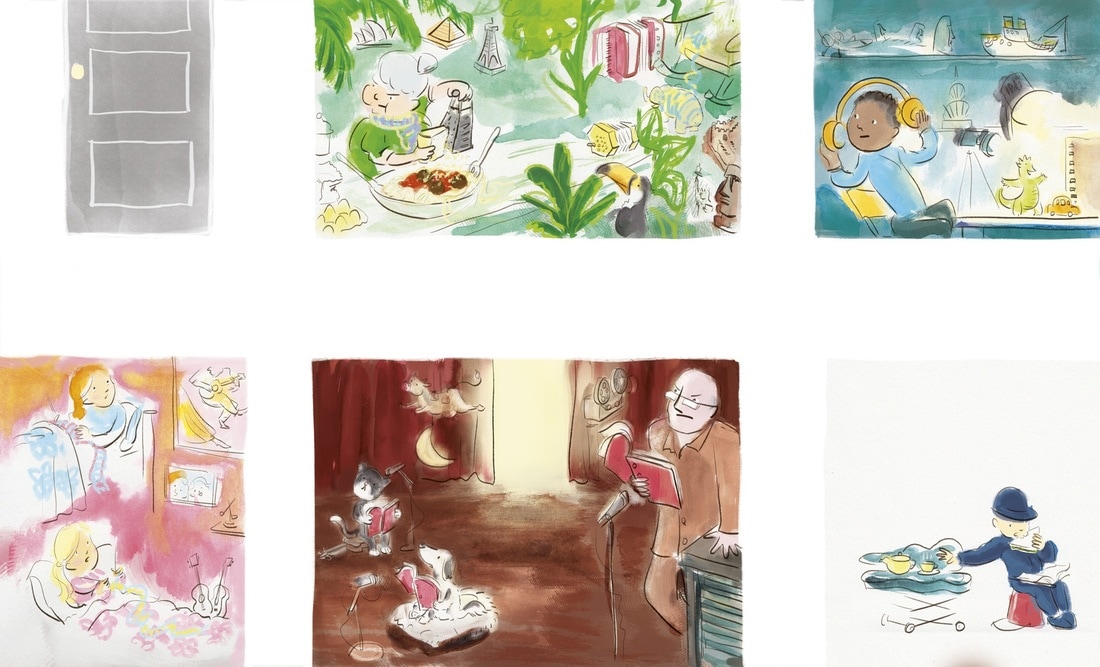 Finished illustrations by Giuseppe Poli for Baby Band. Finished illustrations by Giuseppe Poli for Baby Band. G: Yep, you will find your own style — your artist self can't resist to add more. You will borrow bits, and learn from others, and your own unique art will come through. I've signed up for http://Schoolism.com and love it. Animation and colour and light are things I learn from at the moment. Soon you will feel like you are at a feast of colours and techniques, and you'll be drawing and illustrating to your heart's content. It's the same journey as writing — you just have to keep creating, reflecting, getting feedback, and trying again — same journey. M: That is so true. By the way, I want to say congratulations on Baby Band. It's been getting some great reviews. G: Oh thank you! I almost quit on that book, but I kept remembering positivity. M: Why did you nearly quit? G: I just had a really high and deep goal for it, and anything less felt like I was just taking an easy option I wanted to create art that spoke like fine art; something deeper for the older students, for deeper visual literacy. Plus, I didn't want to settle for the standard illustrations. I just had this feeling/pull to create something that I hadn't before. It’s a real journey… and really testing. M: I'm so glad you kept going. G: I can't seem to settle on easy, or known. It’s always more that we can do. Thanks, Megan. You know... I even wasn't sure if I was going to love it when it was printed. I’m so glad I do. I’m really proud of it. M: I'm so pleased. It's great. I'm sure you learnt a lot in the process. G: Yeah, I did and it's made me better, at least I feel better. There is nothing like a creative pursuit to bring the best out of us, hey Megan. M: It’s been fabulous chatting with you, Giuseppe. You have given some really great advice to anyone who wants to get into illustration. But especially for those, like myself, who want to add to their own stories through illustration. Do you have any final words of advice for writer’s who want to go into illustration? G: Emotional pacing is where it’s at. As a writer you’ll already understand pacing and you’ll have a feel for what you want the reader to experience...so you will have a feel for what they see and what they hear and you can play with that eg: you don’t need to show what’s in the words. There’s three hurdles to get through: 1. There is craft and heart. 2. There is you. 3. There is your process. Goal: You will make marks, in the way you love to, to make artwork that moves people when paired with your words. You’ll start with the craft of illustration but don’t get stuck in craft. You want to get to heart...and you’ll get to heart by following yours. Start with illustrations you love, and try to replicate them. Why? Because all the decisions have already been made. You need to find out if you can recreate it (eg: your technical skills) and also enjoy working in that style (e.g. the process). For me, I love some amazing Tolkien watercolours but when I tried to replicate them… it took me far too long and I just didn’t like working like that. The key is you have to find a process that you love, because you are going to make a lot of mistakes and you don’t want to have an art practice that is too laborious and too easy to make excuses not to do. I guess it’s just the same inner journey that you go through to be a writer. So now you are making art that you enjoy doing… final step is moving the reader’s heart. Here again, look to what has worked before. You don’t need a stack of craft to make a tonne of heart. I guess there is one key thing that seems to be super important and it’s related to pacing - it’s contrast. When you are feeling good about your techniques, have a think about contrast in your work. Contrasts in dark and brights, line work, gesture, shape, layout etc - contrast is a handy question to ask yourself when you are reflecting on your work and wondering if you have really pushed it as far as you could go. Also remember…. kids are super forgiving. 'You don’t need a stack of craft to make a tonne of heart.' And lastly, what are three fun facts about you? 1. I used to teach Salsa dancing. Man, that was fun. 2. I seem to be the Pied Piper at kids’ parties. I just love mucking around with them. 3. I’m still learning too, but I’ve only recently felt brave enough to share my fumblings online...because I think it’s important that kids see the reality of how we make magic and know that they can too. Thanks so much, Giuseppe for your time, your insights and advice. And for sharing your journey. Good luck with your current, and future projects. I can't wait to see what you do next. You can find more of Giuseppe's work, and his books on his website: www.giuseppepoli.com www.giuseppepoli.com On Instagram at: Giupeppe Poli Artist On Facebook: Giuseppe Poli Artist And you can buy Baby Band online at Booktopia.com and in all good bookstores. If you enjoyed this post feel free to like and share. |
AuthorOn my blog you will find: Categories
All
Click to set custom HTML
|
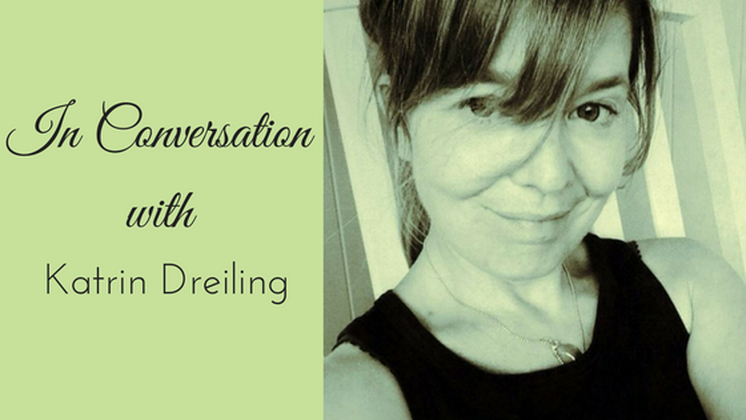
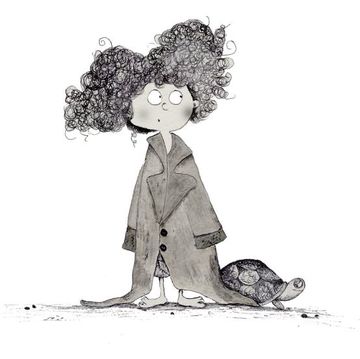
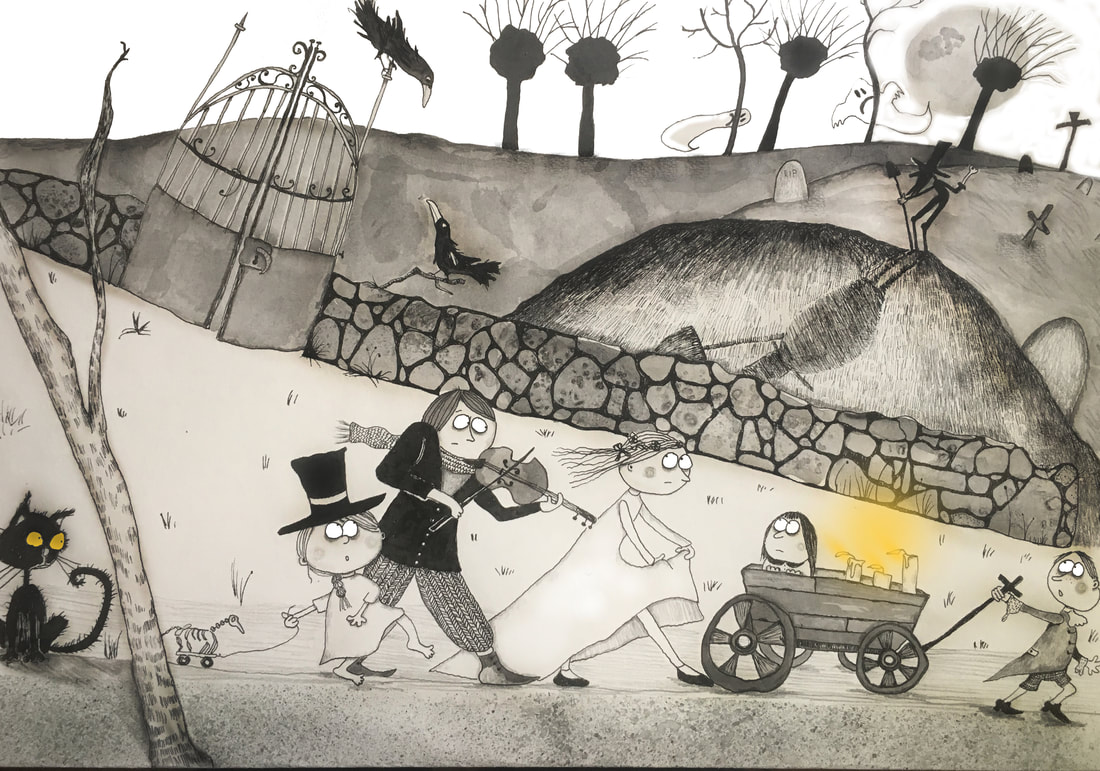
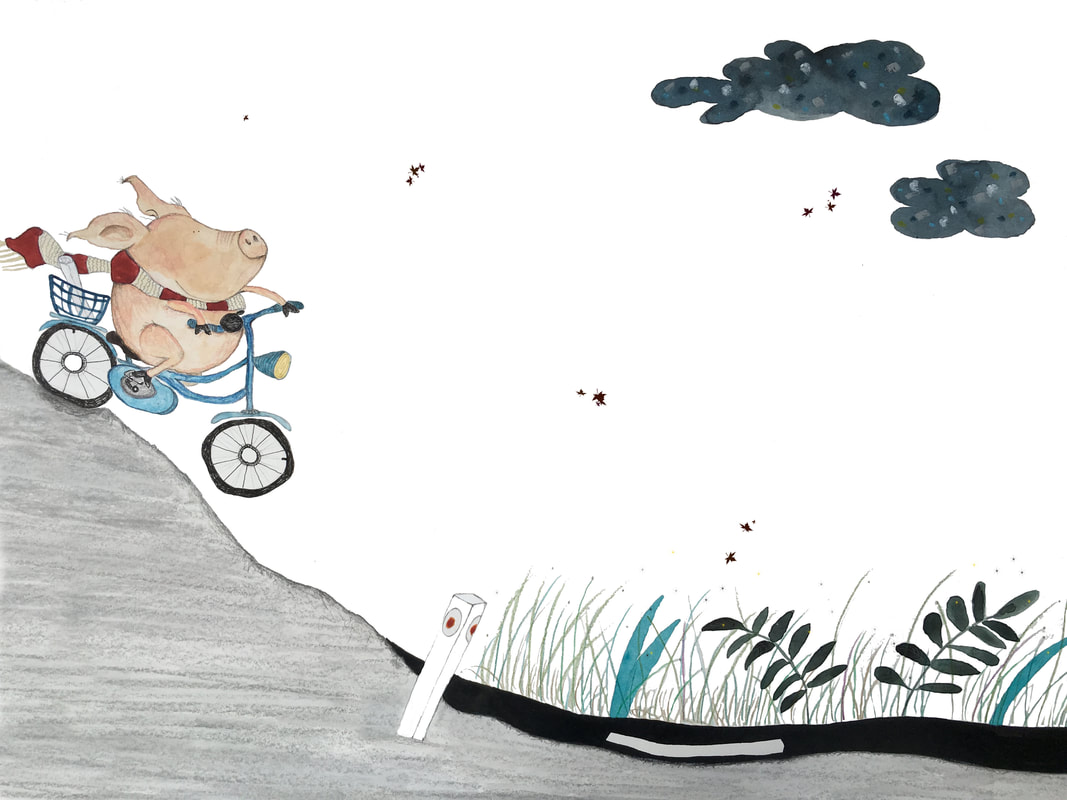
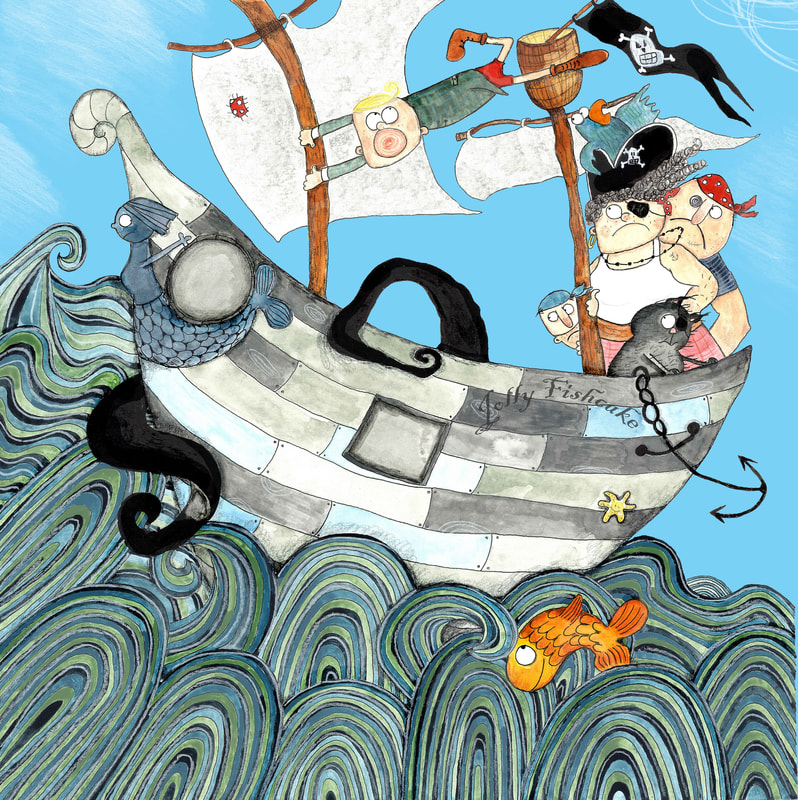
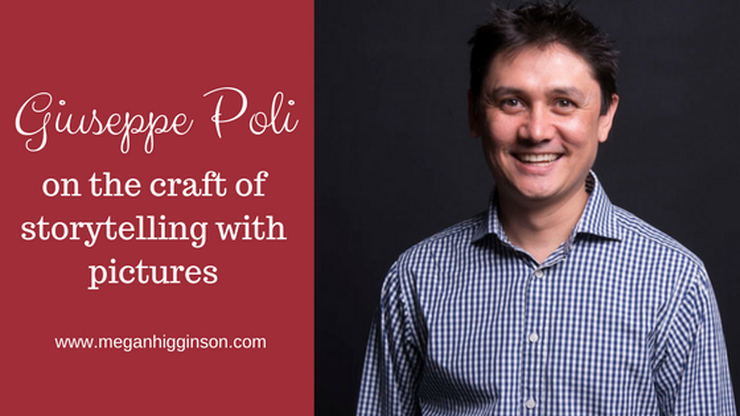
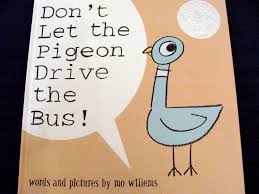
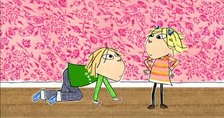
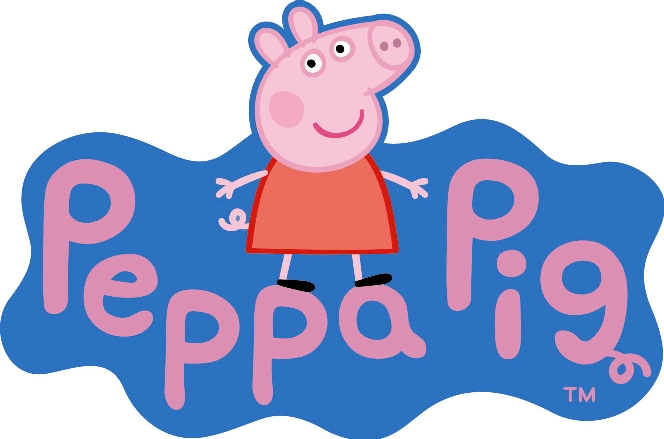
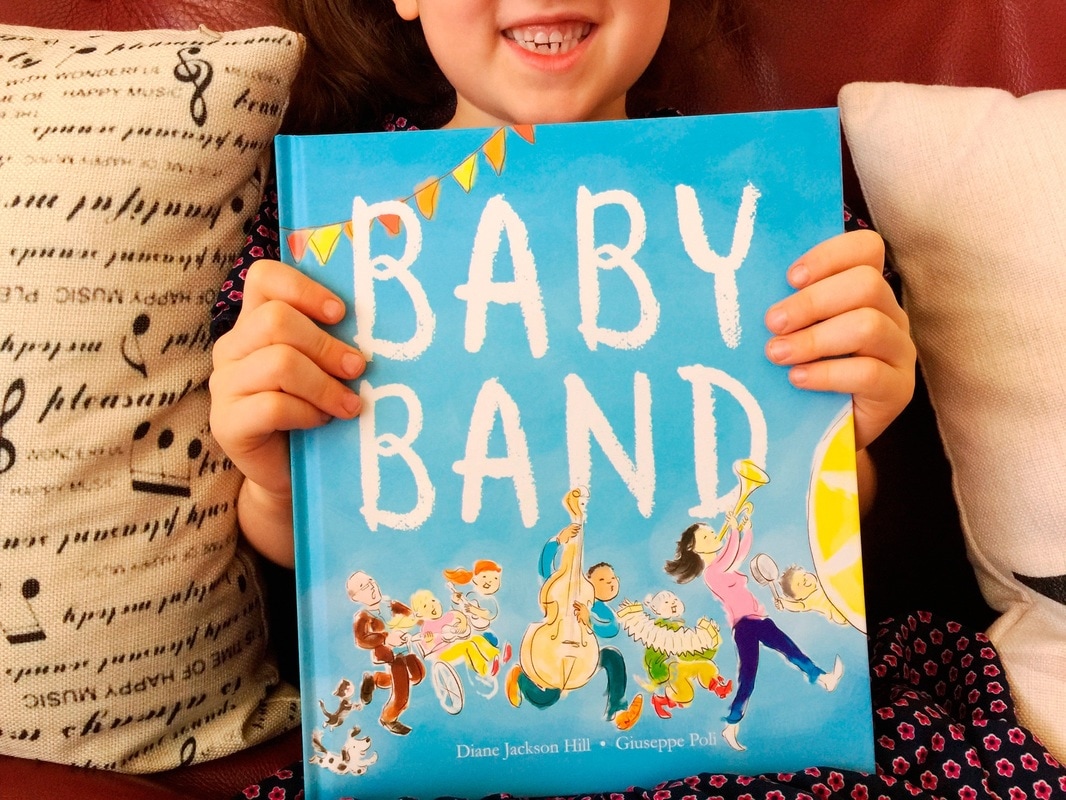
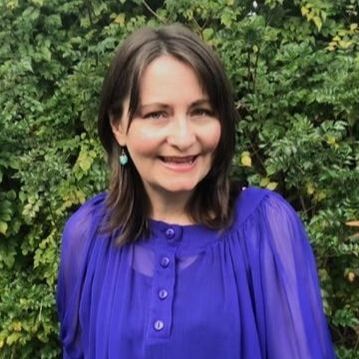
 RSS Feed
RSS Feed